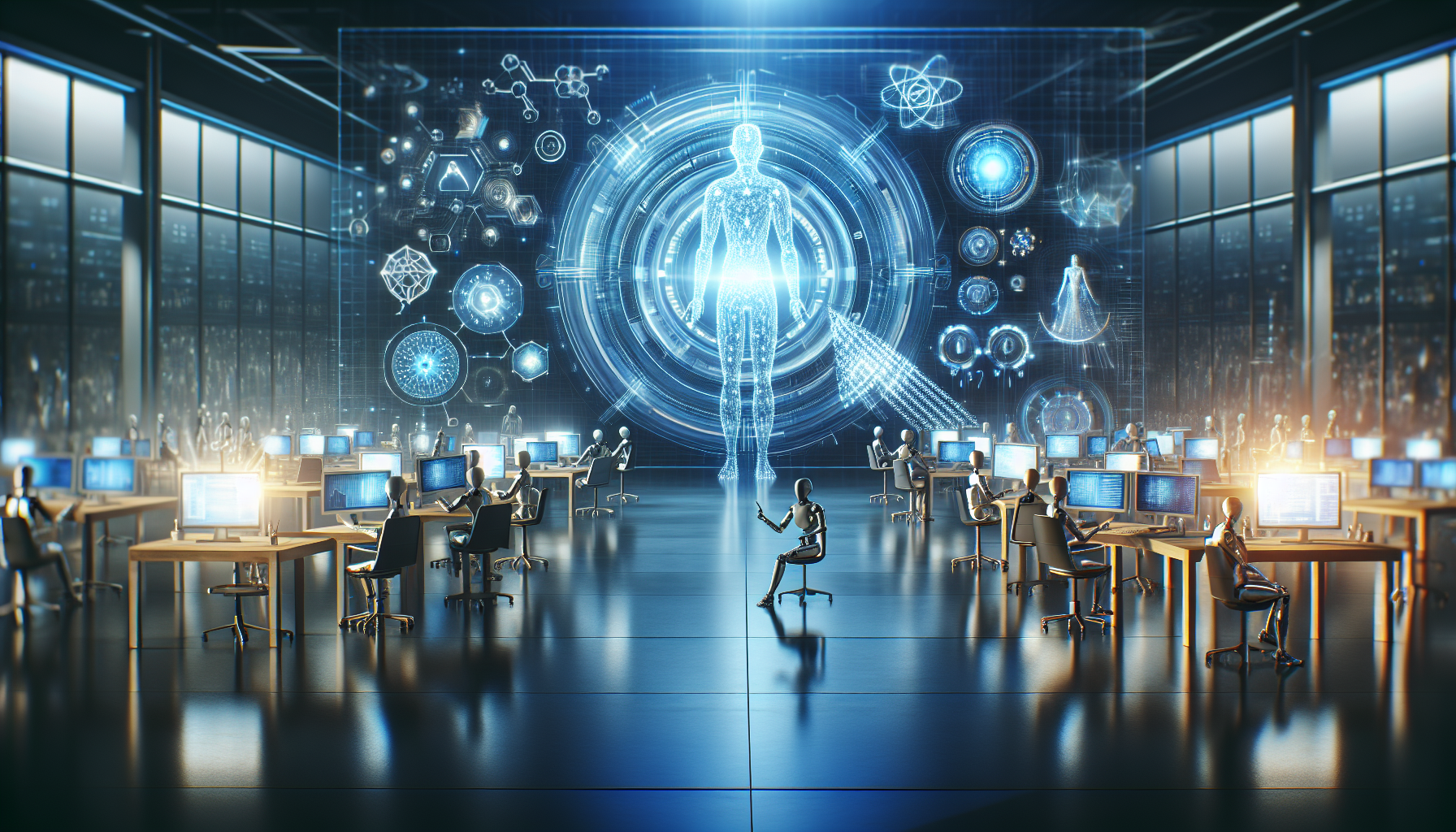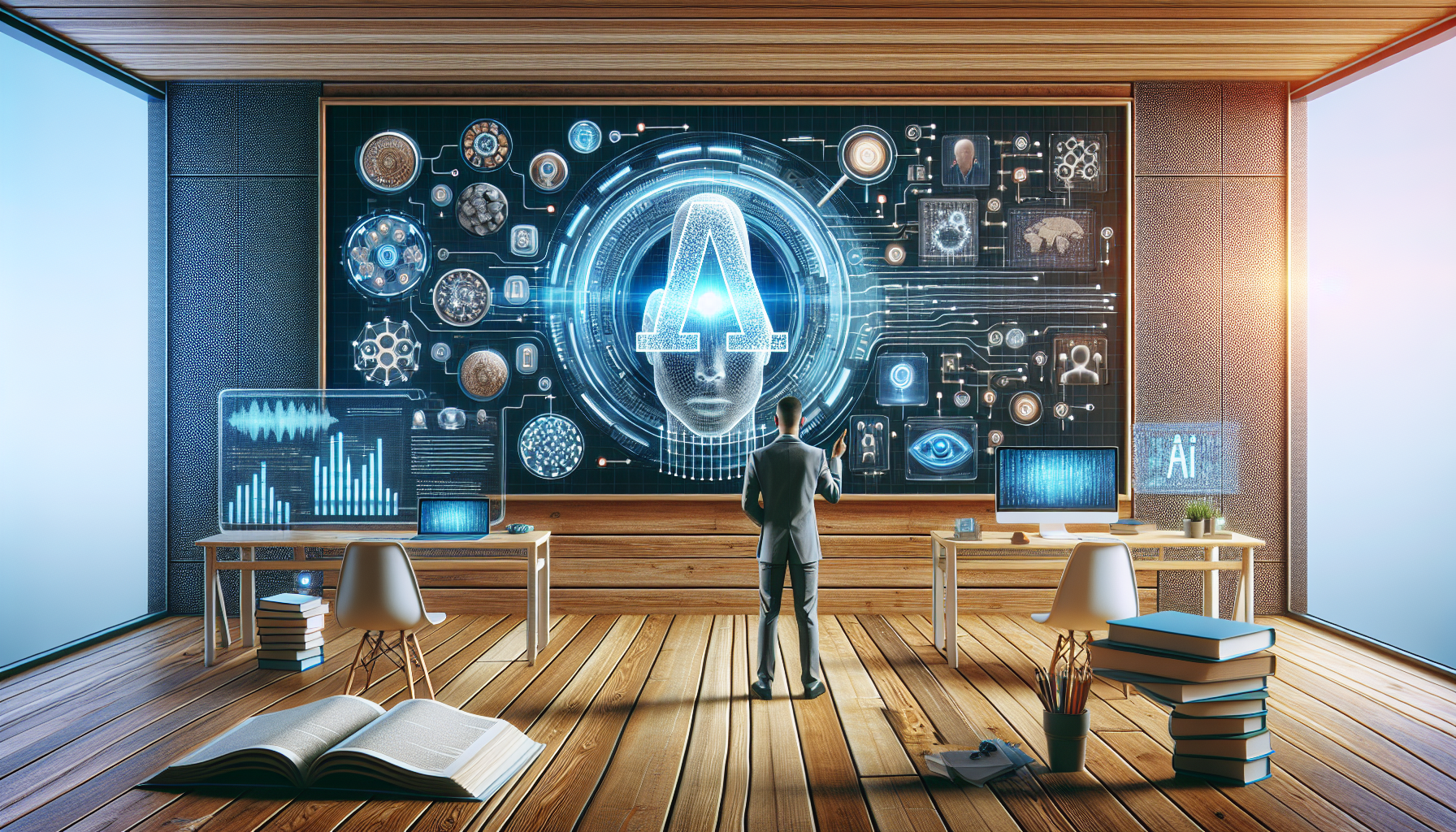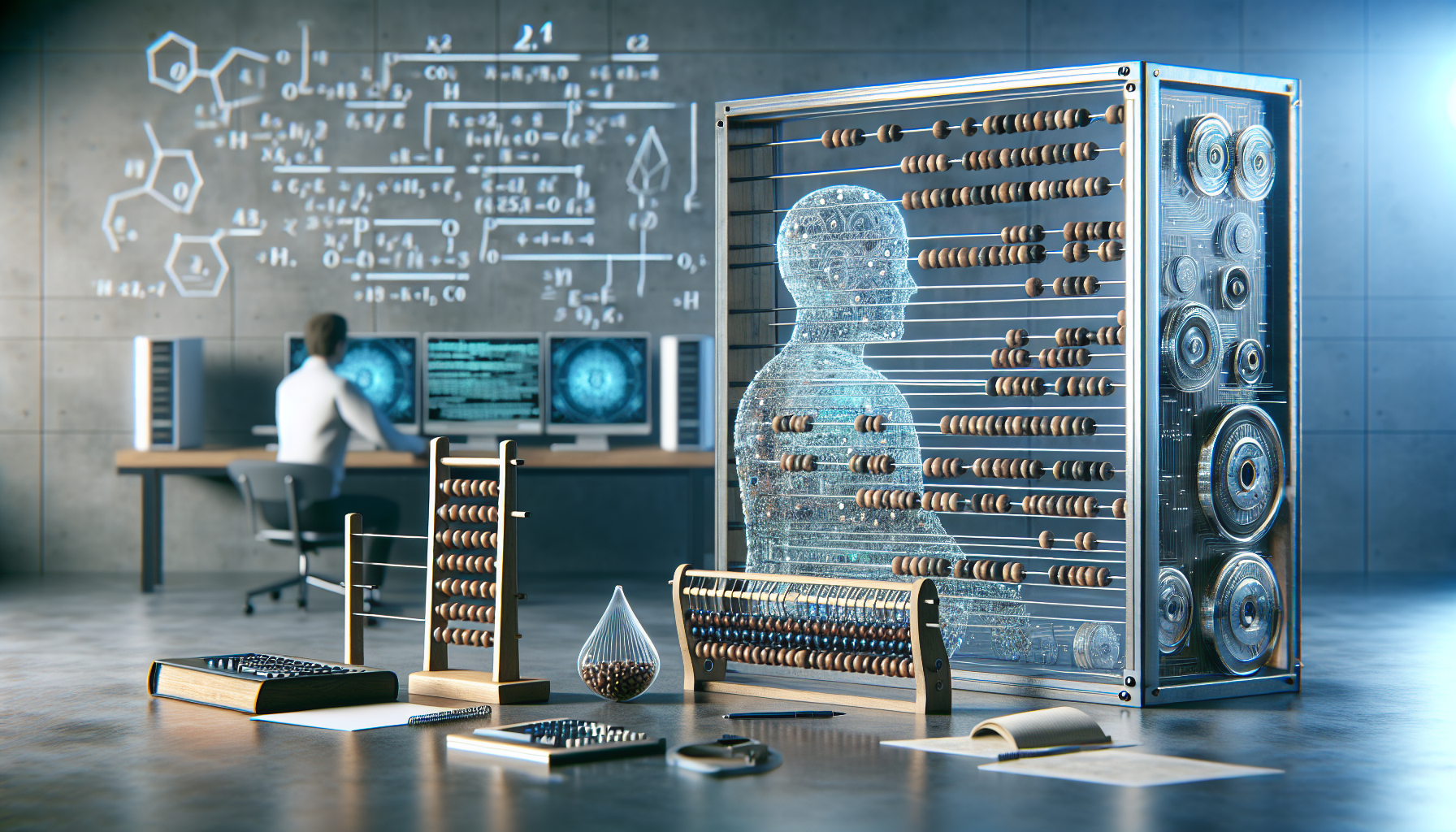
The Science Behind AI: Unveiling the Power of Algorithms and Data Structures
November 6, 2025
The story of artificial intelligence is a testament to human ingenuity and the relentless pursuit of knowledge. At the heart of AI lies a fascinating interplay between algorithms and data structures—two fundamental components driving this technological marvel. This narrative is not just about machines learning to think but about humans learning to create. It's an evolving journey that invites us to explore the very essence of intelligence itself.
Imagine a world where machines interpret complex data with the same finesse as a seasoned analyst or where they recognize patterns faster than the sharpest human mind. This is not a distant dream but a reality shaped by the science of AI. Algorithms, those intricate sets of rules and instructions, serve as the backbone of artificial intelligence. They are the architects of machine learning, enabling computers to process vast amounts of information and make decisions that mimic human cognition.
The beauty of algorithms lies in their diversity and adaptability. From supervised learning algorithms that act like diligent students under the guidance of labeled data to unsupervised learning algorithms that boldly venture into the unknown, discovering hidden structures without prior instructions—each has a unique role in the AI ecosystem. Reinforcement learning algorithms add another layer, teaching machines through the carrot-and-stick approach of rewards and punishments. The elegance of these mathematical models lies in their ability to evolve, adapting to new data and challenges with remarkable agility.
However, the magic of AI doesn't end with algorithms. Data structures play an equally vital role, serving as the organizational framework that supports efficient data storage and retrieval. They are the unsung heroes that allow algorithms to access and process information with speed and precision. Whether it's the simplicity of arrays and linked lists or the complexity of trees and graphs, these structures are as essential to AI as the algorithms themselves.
One might wonder how these elements come together in practical applications. Consider the field of natural language processing, where AI deciphers human language with uncanny accuracy. Here, algorithms like transformers work alongside data structures to analyze text, predict meanings, and even generate human-like responses. It is a dance of logic and creativity, where the boundaries between human and machine blur in the quest to understand language.
The journey of AI is also a reflection of the collaborative spirit of the scientific community. Researchers and engineers around the globe contribute to this ever-expanding field, pushing the boundaries of what is possible. Open-source platforms and shared datasets have democratized access to AI, allowing even small teams to make significant contributions. This spirit of cooperation underscores the idea that the future of AI is a collective endeavor, driven by diverse minds united by a common goal.
AI's transformative potential is not limited to the realm of technology. It has profound implications for society, influencing everything from healthcare and finance to education and entertainment. In medicine, AI algorithms analyze medical images with a precision that can rival human experts, offering new hope for early disease detection. In finance, they predict market trends with a level of detail that enhances investment strategies. In education, they personalize learning experiences, catering to individual needs and unlocking new pathways to knowledge.
Yet, as we marvel at these advancements, it is crucial to approach AI with a sense of responsibility. Ethical considerations must guide its development and deployment, ensuring that AI serves humanity without compromising privacy or fairness. The science behind AI is a powerful tool, but it is one that requires careful stewardship.
The narrative of AI is far from complete. Each new algorithm, each refined data structure, adds a chapter to this unfolding story. As we stand on the brink of new discoveries, the question that beckons is not just how machines can learn, but how humanity can learn from machines. How can we harness the power of AI to not only solve complex problems but to inspire us to think differently, to dream bigger, and to create a future where the line between the possible and the impossible is continually redrawn?
In the end, the science of AI is not just about building intelligent machines; it is about building a more intelligent world. A world where technology and humanity coexist in harmony, each enhancing the other, and together, crafting a future that reflects our highest ideals and aspirations.


